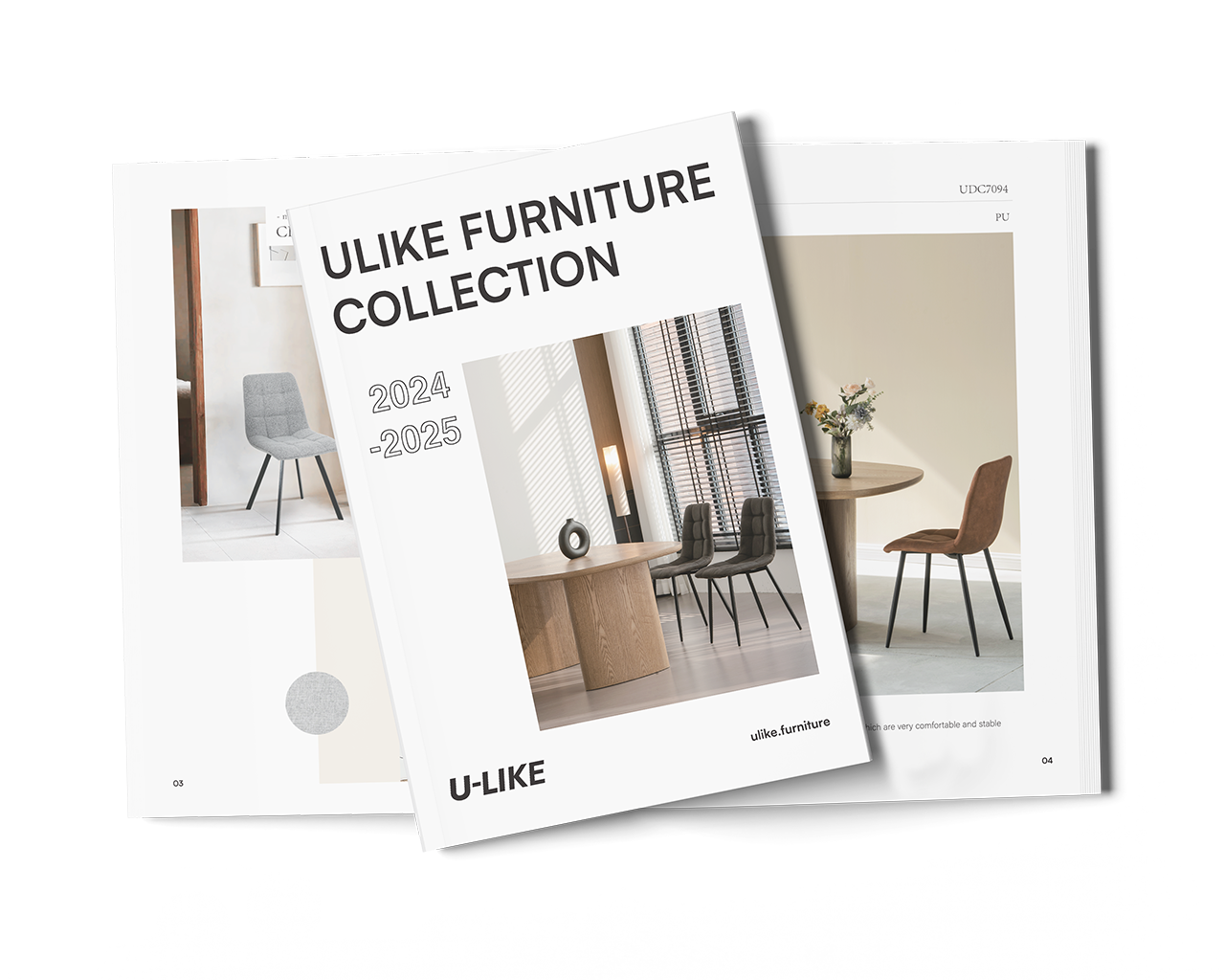Dive into Italian Contemporary
The Italian furniture is popular all over the world.
From art to function, classic to modern, the core features of Italian antique furniture continue to ripple the new wave of contemporary furniture nowadays.
Let’s dive into the story behind the Italian style in 5 minutes.
From tradition to contemporary
Renaissance Italian furniture style didn’t have its own significant style yet, which mainly focused on some European styles, such as Baroque, Rococo, Roman, Byzantine, etc. So, we can think that Italian furniture evolved from the traditional European style.
After the Second World War, many countries began to pay attention to science and technology. Since the Second World War, the Italian furniture manufacturing industry has created a “design-led production” manufacturing model, and the Italian government’s strong support for the design industry has made Italian designers unprecedentedly powerful and useful. Therefore, furniture designers have supremacy over the company.
Since then, Italian design began to stand out from the European design style, forming its unique regional furniture style characteristics.
Today, people divide the Italian style into Tuscany, Venice, and Milan.
These three furniture styles not only make up the Italian style but also dominate the position as the main representative of the Italian style. Nowadays, they even occupy a dominant position in the international home style.
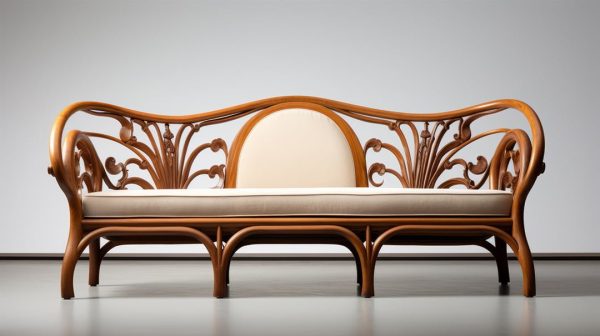
Meet the style of Tuscan, Venetian, and Milanese
In this part, we’ll discuss the different features of these three furniture styles.
Milanese furniture style:
The traditional Milanese style features classical, luxurious, and grandiose features. It is accurate in every detail, showing the rigor of the court style and the magnificence of classical supremacy.
Modern Italian furniture in the Milanese style uses more straight lines. In addition to the simple straight right angles of the cabinets, the sofas, bed frames, and tables also use straight lines without too many curves, and the shape is simple, rich in design or philosophy, but not exaggerated.
Black and white are the representative colors of modern style, and the commonly used primary colors such as gray, silver, beige, and large areas of solid colors without printing and decoration bring a sense of tranquility, calm, and restraint.

Wood and leather are the main basic materials used in furniture. But in the modern Italian style, some new materials follow the trends, such as aluminum, carbon fiber, plastic, high-density glass, etc., adding various possibilities to furniture.
Tuscan style characteristics:
Florence, the capital of Tuscany, is considered to be the place where the Renaissance began, and a number of famous artists emerged. Therefore, its style pursues art, naturalness, and elegance.
For example, the traditional Tuscan style is less opulent than other classical court styles; it is more like a sublimation of folk art, with approachable shapes and a sense of intimate and soft lines. For traditional furniture, the raw materials used are mostly vine.
Venetian style features:
As a Venetian water city with stone on top and forest below, it is characterized by the requirement that the furniture is not easy to deform, durable, the material is mostly made of walnut, oak, etc., hard, precious wood, and even some furniture materials are removed from the old house with vintage wood.
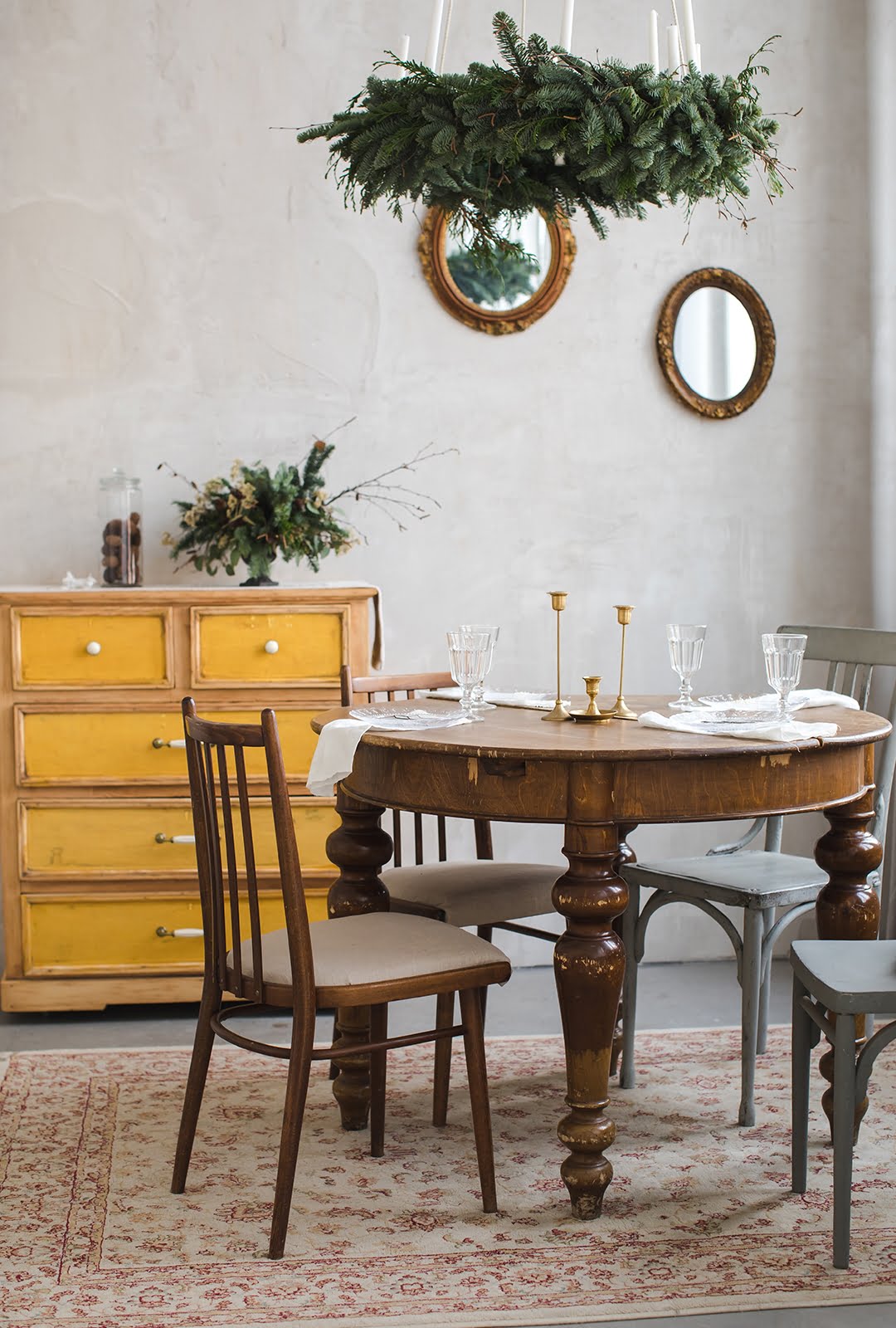
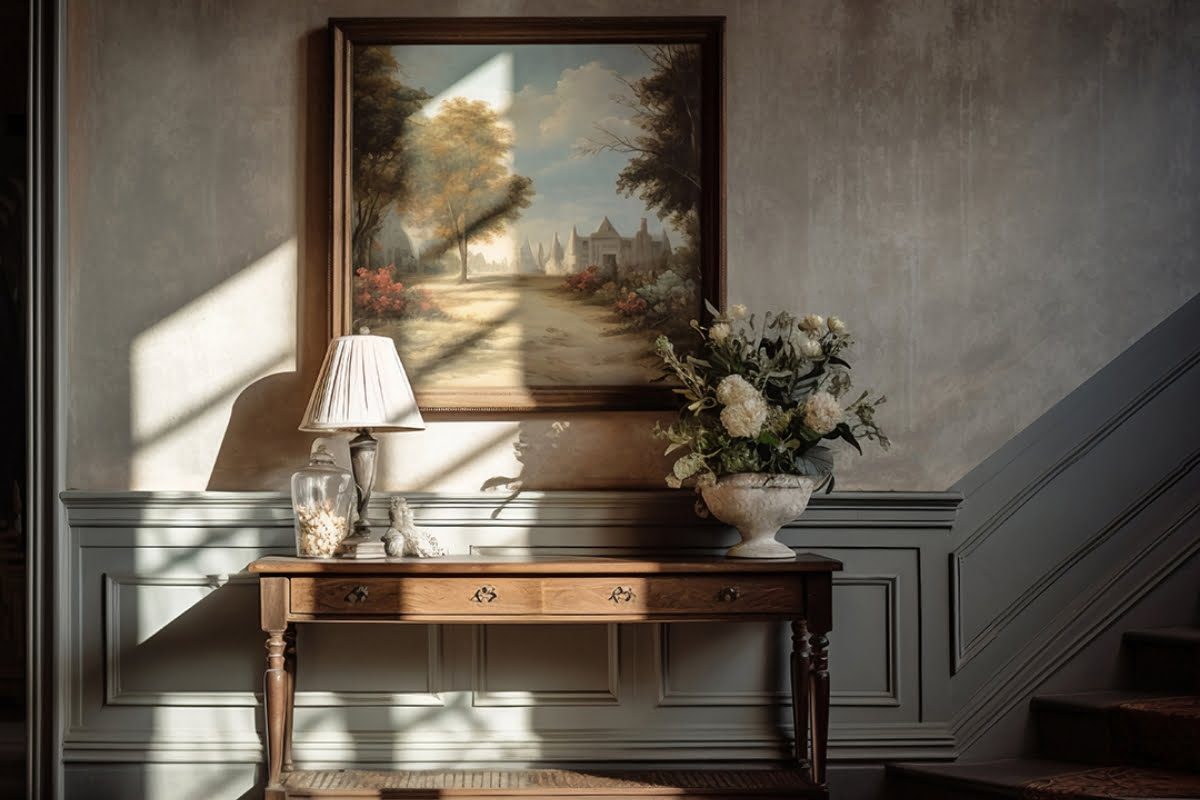
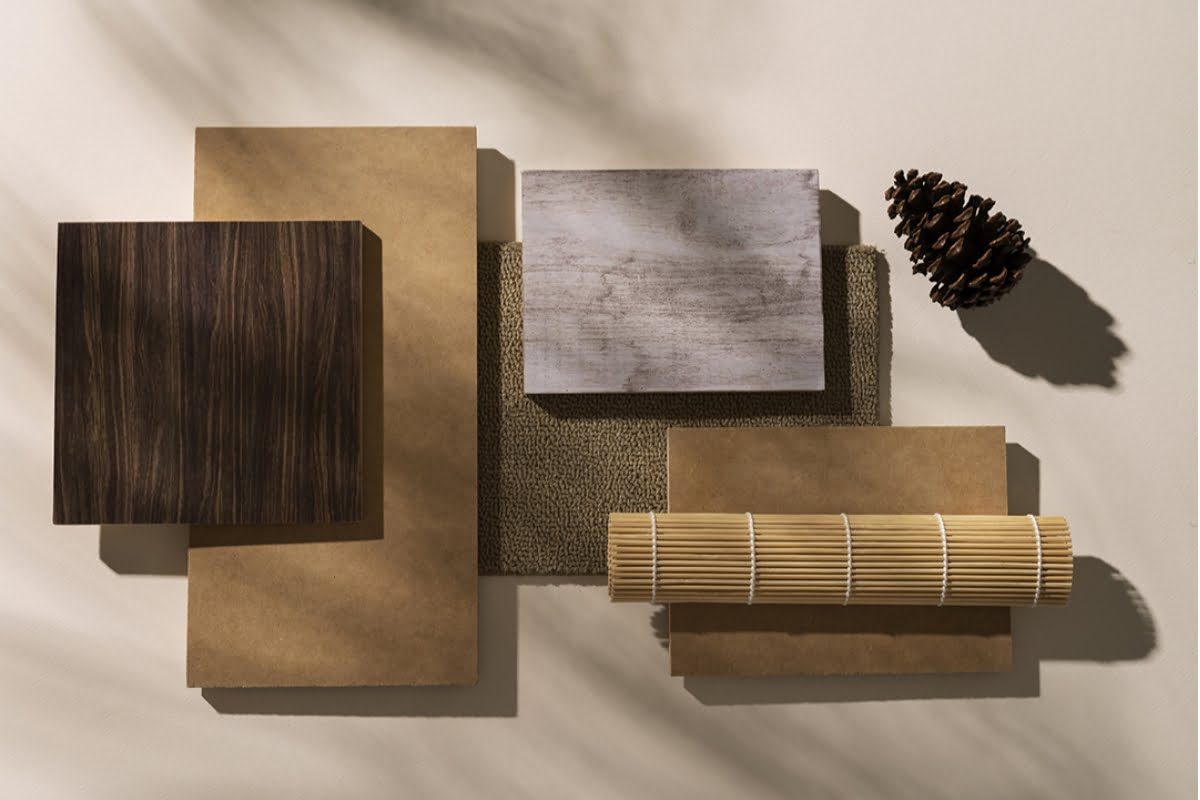
Brand example
There is a famous brand you must have heard about, Arte Brotto. Named by the New York Times as one of the world’s most tasteful and innovative Italian furniture brands. Natural and livable are synonymous with it.
This brand only produces and uses elements and raw materials that respect human health and protect the environment. It will not release formaldehyde and other harmful substances that endanger health.
When it comes to raw materials, high-quality walnuts, cherries, oak, etc., are selected from their own forest farms. Then, these raw materials are handed over to several craftsmen with ten years of manual experience in re-polishing delicate, historical inlay, and hand-carved techniques.
As we can see above, style forming can’t always leave the reason of geographical environment; the differentiation of Milanese furniture style, Tuscan style, and Venetian style is influenced by different geographical locations and natural environments.
Unveiling the unignorable reasons behind the style
So, except for geographical reasons, what else can also make modern Italian furniture so unique and popular worldwide?
The answer is policy support.
Besides geographical affection, policy support is also important for furniture style forming. The Italian furniture industry is distributed all around Italy. Still, under policy guidance and market regulation, the major regions and cities in Italy follow the industrial development strategy of one district and one industry: that is, the geographical concentration of each industry is very high.
Also, as we mentioned above, post-World War II, Italy’s furniture manufacturing adopted a “design-led production” model, greatly aided by government support. This approach empowered Italian designers, granting them a dominant position within the industry.
Therefore, we can see that the formation of the Italian furniture style is not only inseparable from the influence of geographical location and environmental factors but also from the support of government policies.
To sum up, objects always spread specific ideas to us. The story behind the Italian furniture is about the geography and the mindset of the intelligent Italians. The reason why we fall under the extremely designed pomegranate skirt is also fascinated by its roots, which are the lifestyle and attitudes of the people in this country.
Such is the elegance inherent in furniture design.

